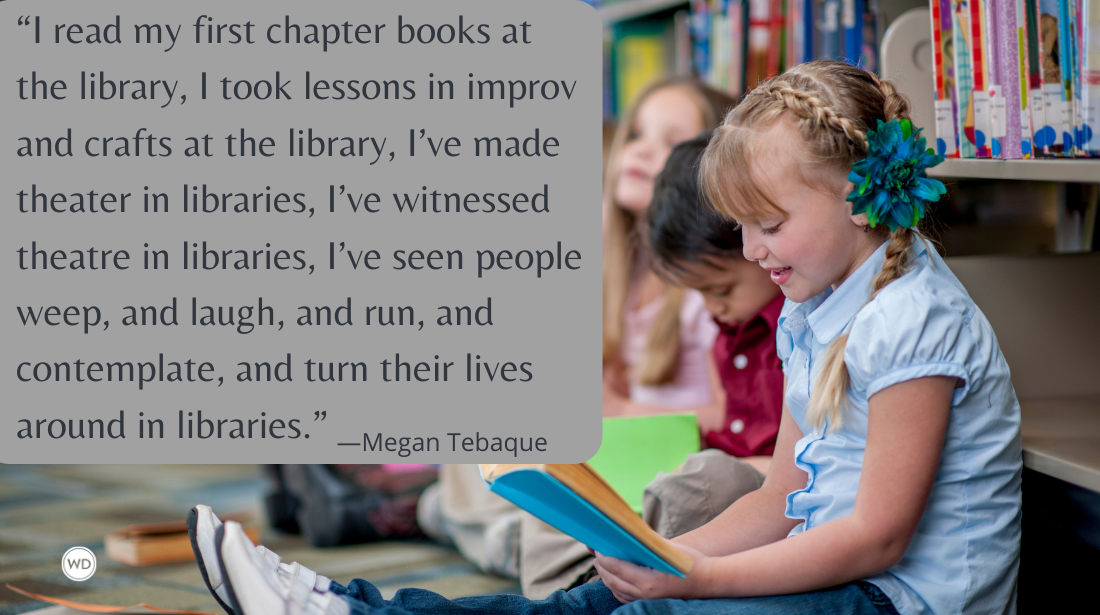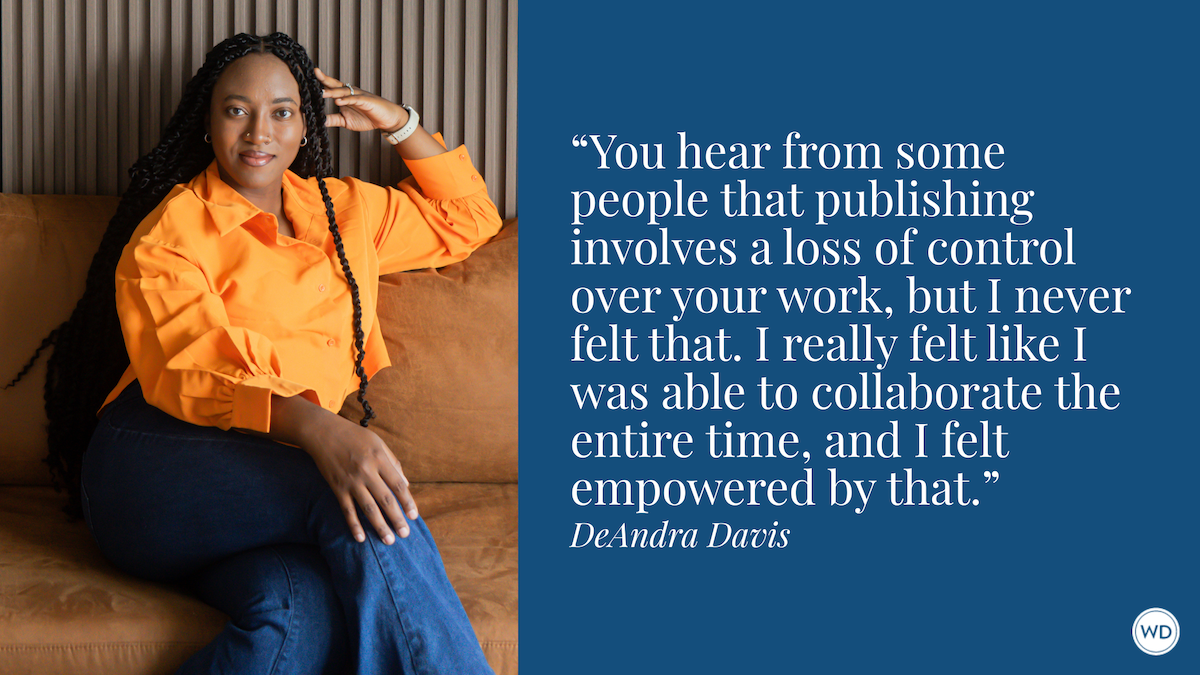Generating Endless Story Ideas
Bestselling author of more than 75 novels Sarah M. Eden shares her method for generating endless story ideas.
With my 79th book, The Tides of Time (Shadow Mountain Publishing), releasing this week, the question I get asked probably more often than any other is some variation on “How do you keep coming up with new ideas?”
And, while I’m tempted to answer with, “I don’t know… desperation?” I actually do have a method for continually generating story ideas that I can be excited about and that aren’t identical to what I’ve written in the past.
Twisting Tropes
Too often when writers think of tropes, we dismiss them as cliches or lazy writing, not realizing that tropes are, in actuality, the most foundational building blocks of story. Tropes are easily summarized pieces of a story’s puzzle: anything from “fish out of water” to “ticking time bomb,” “naive rookie partnered with a cynical mentor” to “fairytale retelling.” Tropes are quickly recognizable character types, aspects of plots, identifiable components of a setting. An internet search will yield list after list of tropes.
The association we too often make between tropes and cliches arises in large part from tropes not being utilized in creative ways. Simply writing to a trope isn’t going to result in a unique story. Transforming and twisting tropes freshens them up and gives us, as writers, a chance to create something different using these well-known building blocks.
When brainstorming a new story idea or looking to add something intriguing and unique to an idea that feels too similar to something I’ve written or read before, one of my absolute go-tos is twisting tropes. I start either by choosing a trope or by identifying the most obvious trope in a story idea I already have, and I change it up. I have several approaches for doing this, and they haven’t failed me yet.
Combining Tropes
Combining tropes is an easy way of adding new elements to a story idea. Rather than having a single significant trope, add in a second or even a third, not as a stand alone but as a twist on a trope you’re already using. If we start with “Unrequited Love,” a very common trope, then combine it with “Office Romance” we get Jim & Pam from The Office. If we start with “Shakespeare Retelling” then combine it with “1950s Teen Romance” we get West Side Story.
Try combining tropes, even ones that don’t seem to go together. Maybe especially tropes that aren’t an obvious fit. You’ll be surprised at the unique concepts that come out of this brainstorming technique.
Genre Flip
Another approach to Twisting Tropes is borrowing tropes from a genre other than the one you’re writing in. “Zombies” are a staple trope in horror, but pull that trope into historical romance, and you get Pride and Prejudice and Zombies. “Falling for Your Best Friend’s Sister” is extremely common in romance. Pull that trope into Science Fiction, and you have Han and Leia from the Star Wars saga.
Do a quick search for a list of tropes for genres other than the one you write in. Are there any on there that could be used in an interesting way in your genre? How would incorporating one or two of those tropes change up the story you’re working on?
Swaps
I love utilizing swaps when incorporating tropes in my story ideas. Gender swaps. Outcome swaps. Setting swaps. Character-type swaps. Changing up the most common applications of a trope can alter how it plays out, which automatically adds interest and uniqueness to the story you’re telling.
Start with the “Jane Austen retelling” trope but swap the ages of the characters to be teenagers in high school, and we get Clueless. Start with the “James Bond type spy” trope but swap out the lead from a highly trained and sophisticated spy and make him, instead, a bumbling mess who doesn’t know what’s happening and you have The Man Who Knew Too Little.
Take a trope you’re familiar with and change the type of character involved in it or the way the trope usually plays out. Place it in an unusual or unique setting. Swaps are a great way to infuse a very basic story idea with something new and exciting.
Endless Story Ideas
This simple approach to building a story has been a lifeline for me as a career writer, keeping my stories fresh and helping me to stay excited about what comes next. Try this technique for yourself.
See if you can identify in your favorite stories–whether books, television programs, movies–the tropes being used and how they’ve been twisted. Then try twisting the tropes in your own story ideas. You’ll be amazed at the endless ideas your mind can come up with.
Have fun, and happy writing!
Check out Sarah M. Eden's The Tides of Time here:
(WD uses affiliate links)
Sarah M. Eden is a USA Today bestselling author of 79 witty and charming historical novels, which have sold over one million copies worldwide. Her works include 2020’s Foreword Reviews INDIE Awards Gold Winner for Romance, Forget Me Not, and 2020 Holt Medallion finalist, Healing Hearts. Her book, Seeking Persephone, a 2008 Whitney Finalist, has been turned into a movie and is currently in production, with a scheduled release date of fall 2025. Combining her obsession with history and her affinity for tender love stories, Sarah loves crafting deep characters and heartfelt romances set against rich historical backdrops. She holds a bachelor’s degree in research and happily spends hours perusing the reference shelves of her local library.








